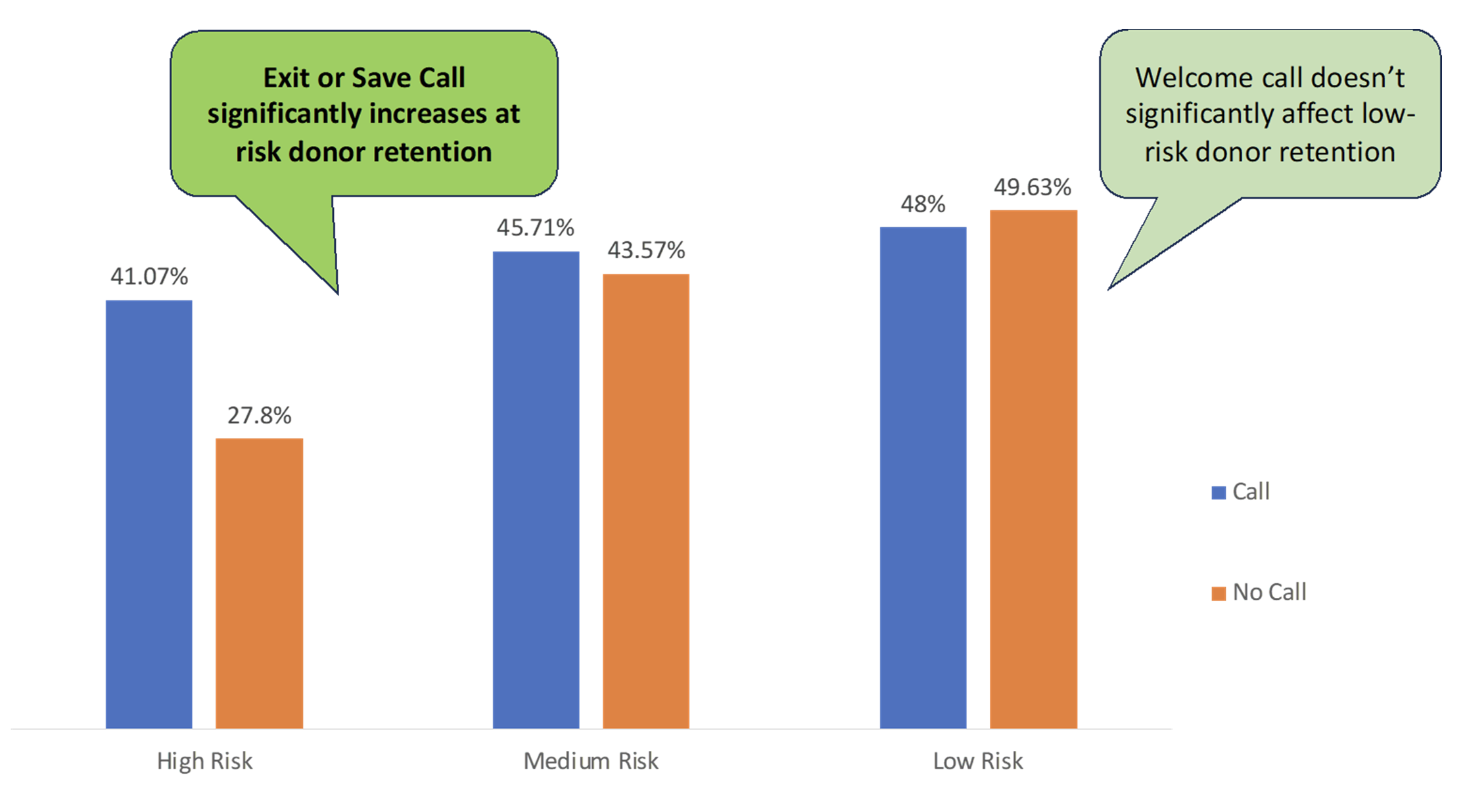The Challenge
There is a lot of “buyer’s remorse” in sustainer acquisition. Lots of people quitting very early into the monthly giving relationship. This is attributable to,
- overemphasis on recruitment volume vs. donor quality,
- Lousy ways to define and understand quality. Age isn’t nearly enough.
- Ineffective one-size-fits-all approach in communicating with donors in the crucial first 3 months
The economics are made worse with cancellations occurring after the “guarantee” period (i.e. clawback) of most F2F agencies. This means the charity bears the full brunt of all the low-quality signups.
Our goal with this test was to increase month 3 retention rates and ROI by pre-identifying donors at risk to cancel their gift and implementing an “exit or save” plan.

